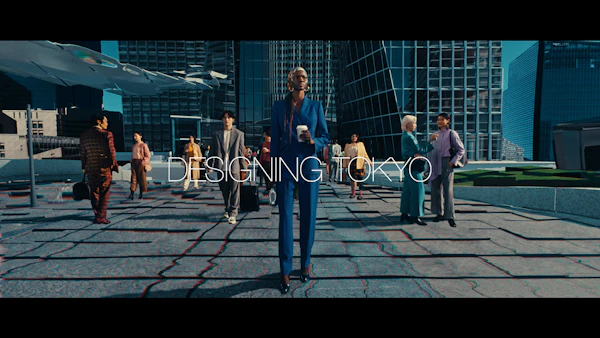Disaster Management and Safety
Cities to Escape to, Rather than Flee from
Japan suffers frequent earthquakes, typhoons, and other disasters, so safety is a top-priority and urgent issue for the country. Renovating cities to make them resilient against disasters is essential for both protecting our lives and assets and bringing in people, goods, capital, and information from around the world. Mori Building starts by formulating a grand urban design. Then we proceed with redevelopment sequentially based on that design, improve the urban infrastructure that have deteriorated with age, and reorganize narrow roads. And by retrofitting buildings with the world’s top earthquake-resistant technology, the development can serve as an evacuation shelter during a disaster once completed. Mori Building believes that going forward, ideas for urban disaster management should be based on the concept of a “city to escape to, rather than flee from.”
Creating Open Spaces through Redevelopment
During the Great Hanshin-Awaji Earthquake, massive loss occurred due to homes collapsing and fires spreading in areas where old wooden houses were built close together. Areas congested with wooden houses in cities face disaster-related issues such as having narrow roads where emergency vehicles cannot go through. Renovating these areas to prepare for major disasters is an urgent issue. Mori Building’s large-scale urban redevelopment projects can produce vast open spaces by integrating subdivided plots of land and consolidating scattered buildings into super high-rise buildings.
In addition to building roads that emergency vehicles can go through easily, the wide open spaces on the ground level ensure there are places to evacuate to in an emergency. For example, Azabudai Hills has around 6,000 m2 of space, capable of accepting approximately 3,600 stranded people. Furthermore, Mori Building has entered into an agreement with Minato-ku and other areas to accept 5,000 stranded people at Roppongi Hills, 5,200 at Toranomon Hills, and also at other major facilities. We take disaster response measures such as securing shelters, stockpiling food and supplies, and providing information. Our urban complexes contribute to surrounding communities by serving as evacuation shelters in collaboration with the local government.
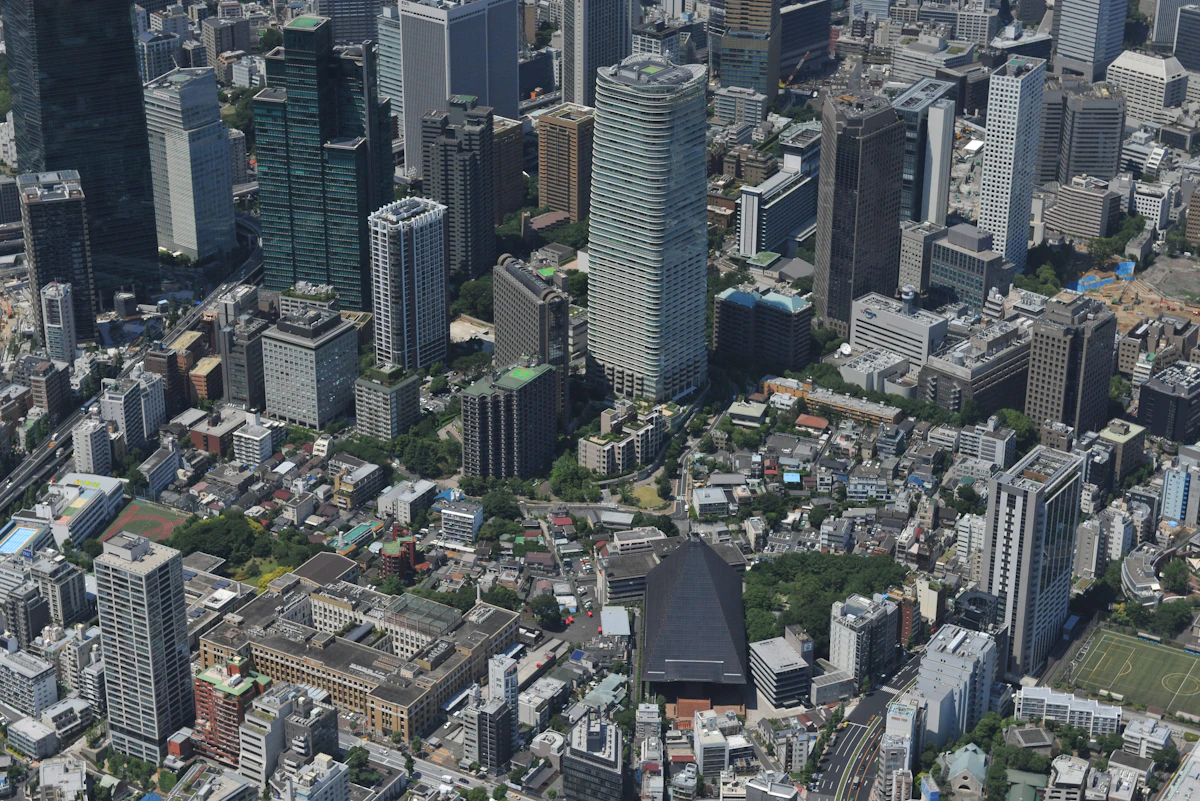
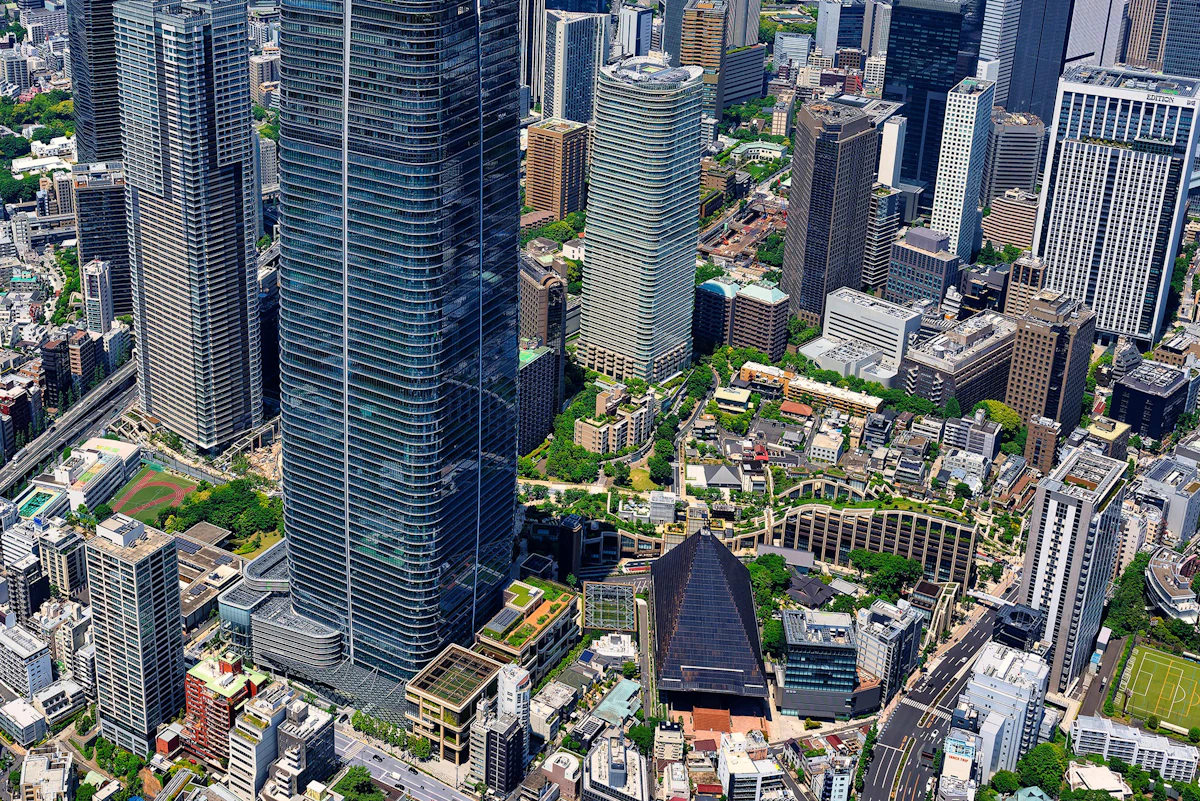
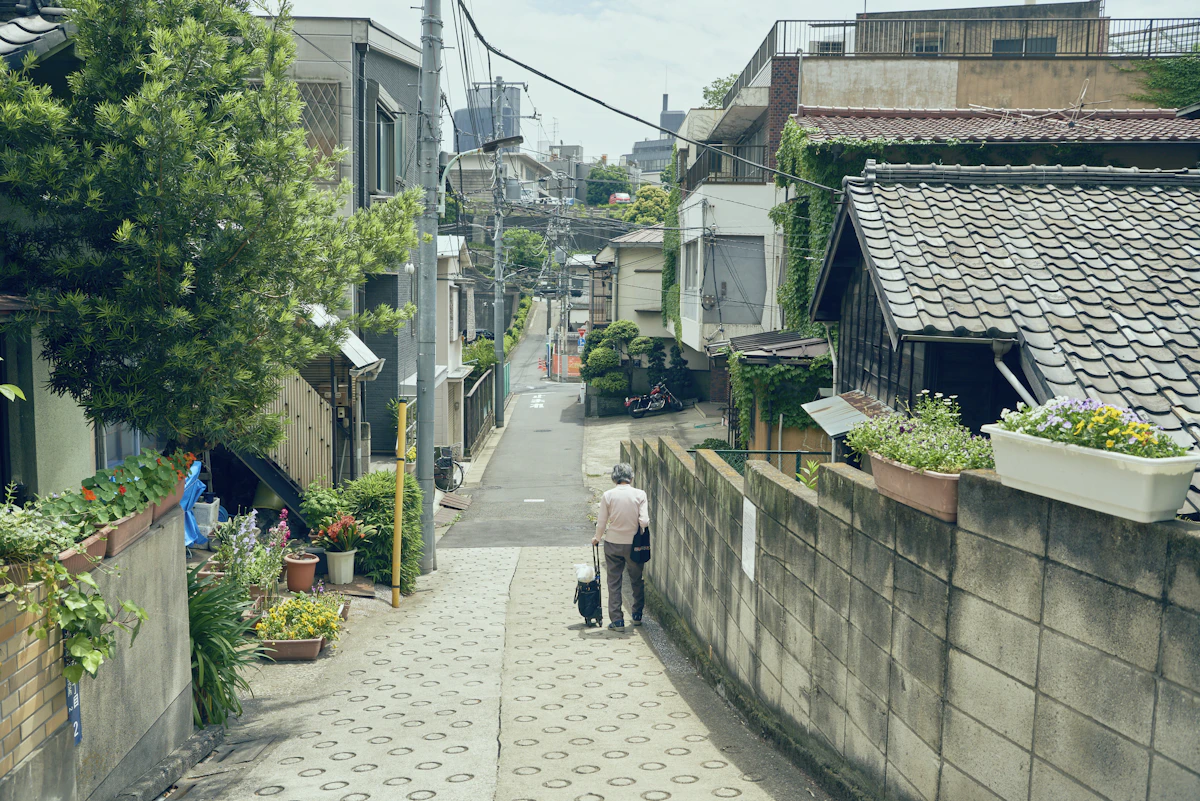
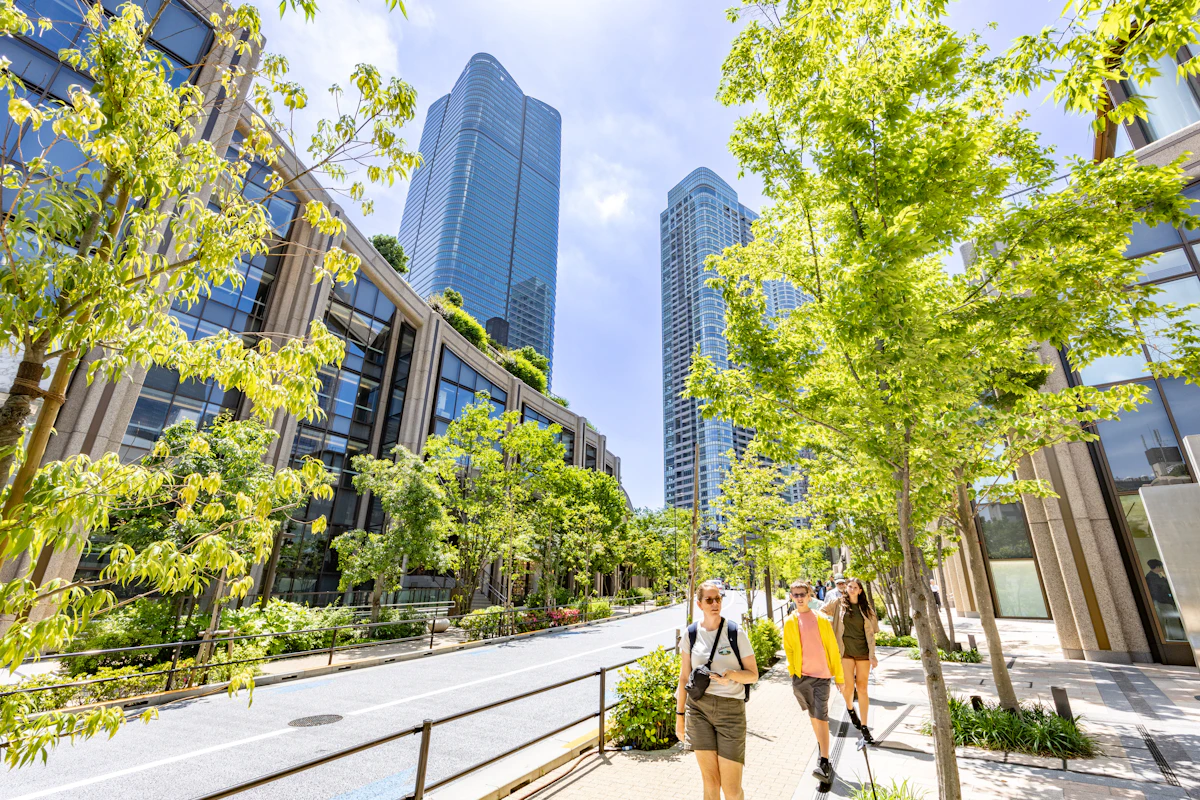
Hard and Soft Disaster Resilient Urban Infrastructures
The buildings in our Hills developments boast the most advanced anti-seismic technology currently available, such as vibration control walls and dampers. They are also equipped with medium-pressure power generators in case the unforeseen happens. We have built a system capable of suppling stable power in an emergency to ensure electricity can be used stably in any situation. In addition, we have installed emergency wells and emergency supply warehouses.
Mori Building also holds regular disaster drills for everyone in our urban complexes to raise disaster awareness and provide instruction on how to operate equipment and respond to emergencies. Since these areas contain a large number of non-Japanese residents, we also provide English instructions and use simple Japanese that is easy for non-native speakers to understand in our drills.
Simultaneously earthquake proofing buildings and building large parks and wide roads create an urban infrastructure that is not only disaster resilient but also environmentally friendly. Mori Building’s basic philosophy in urban development is to be fully prepared in terms of both hard and soft infrastructures. Going forward, we will continue to carry out urban development that is safe and secure.
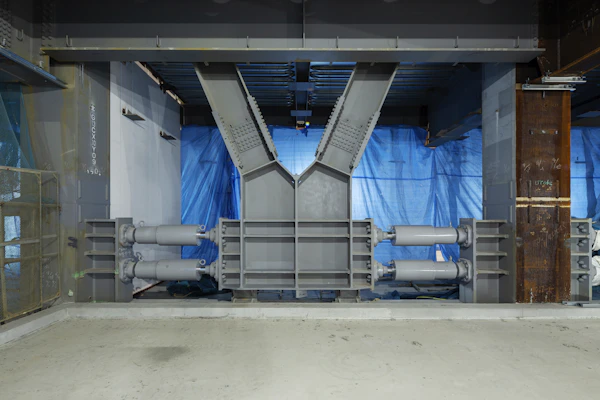
Oil damper
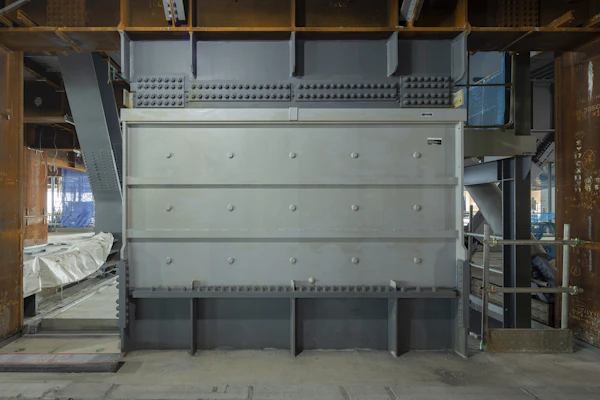
Viscous wall damper

Buckling-restrained brace
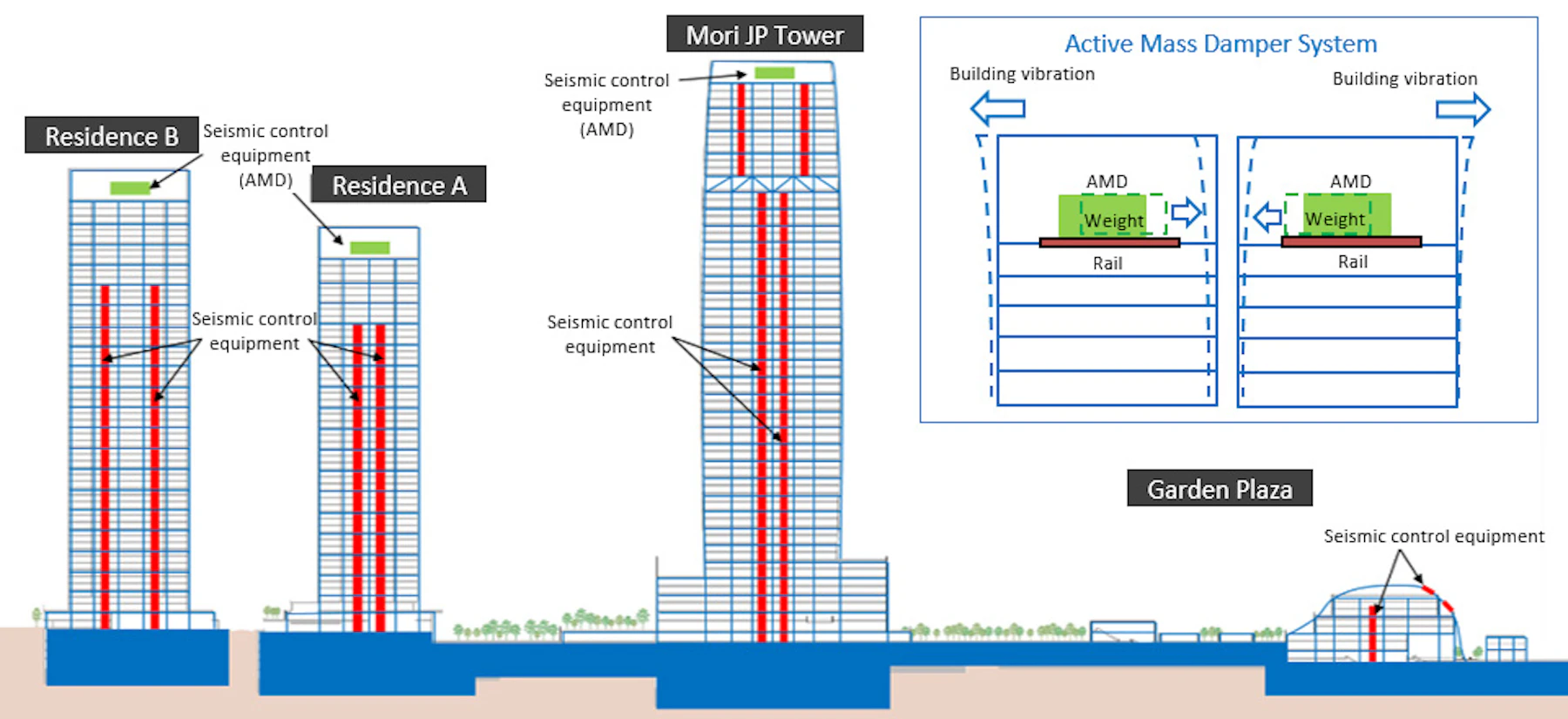
Day-to-Day Safety Initiatives
We put every effort into the management of our urban complexes—from security to maintenance— to ensure people are safe not only in an unforeseen disaster, but also in their daily lives. This is possible thanks to the high awareness of each staff member who works there. We believe that that is one of the most important factors in ensuring our urban complexes are safe and comfortable.
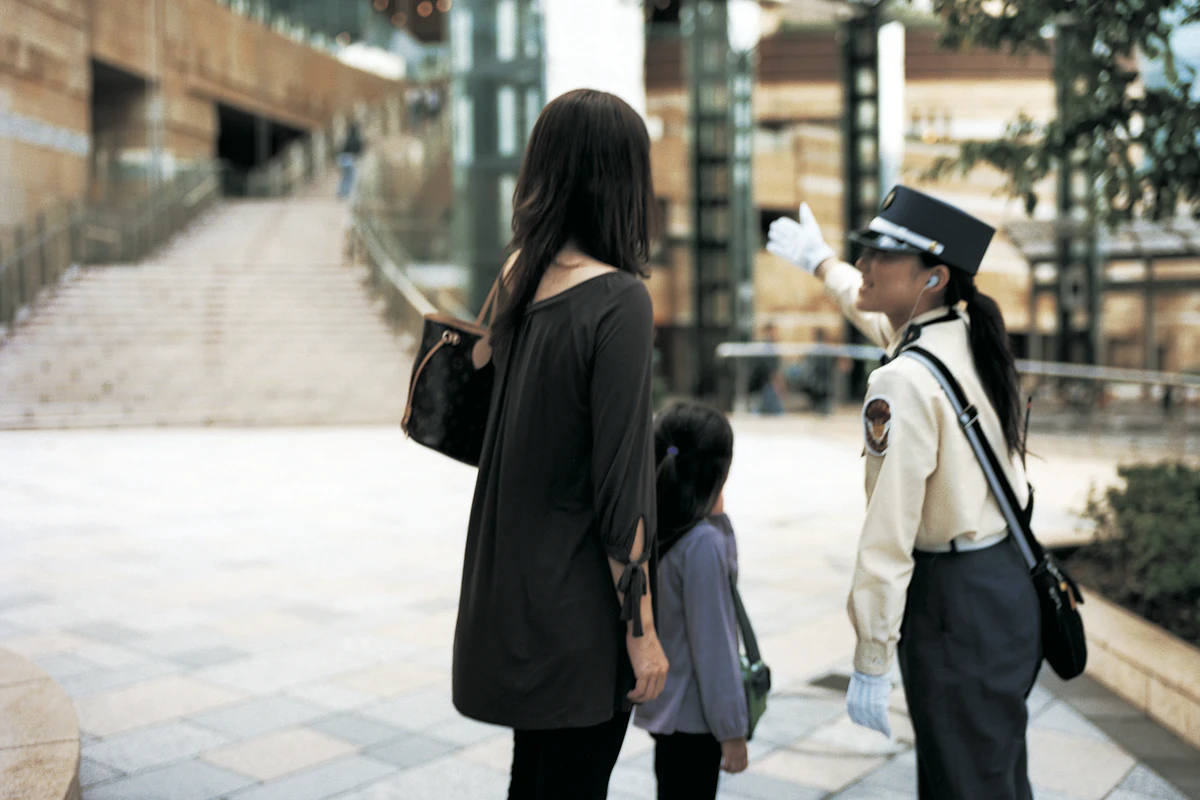
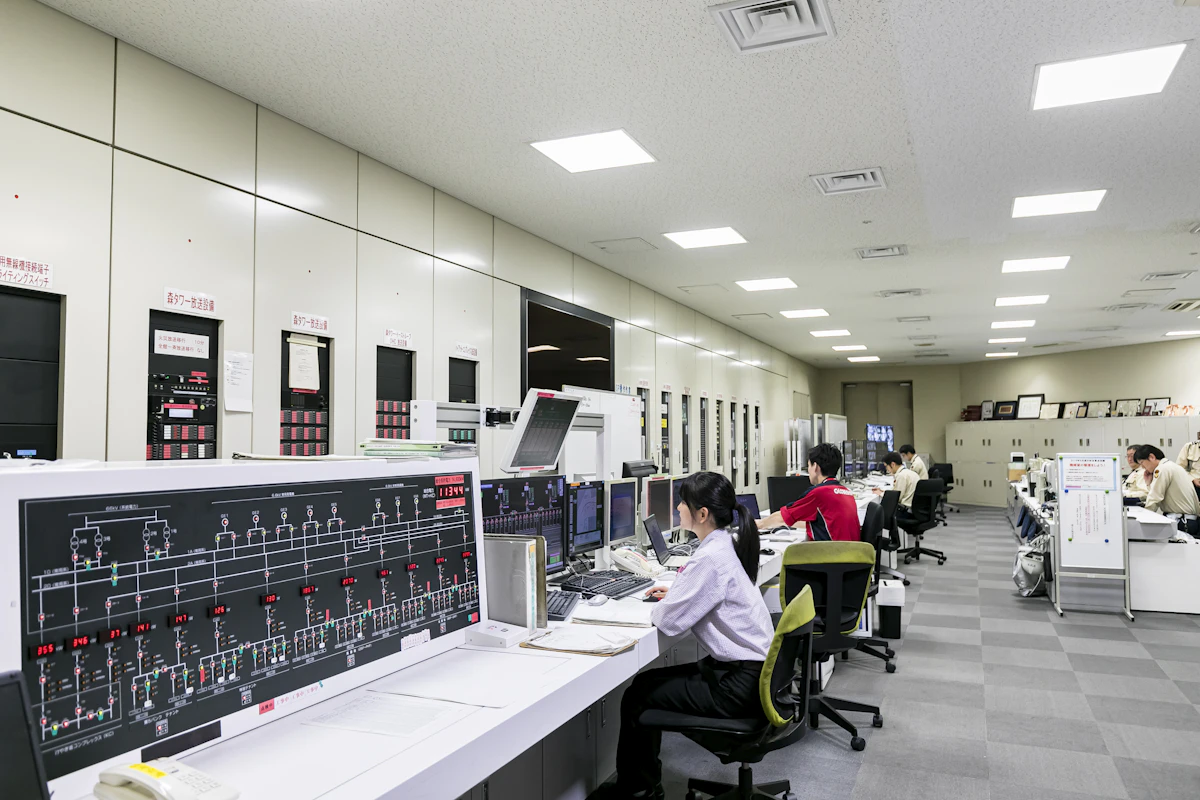
After the accident that occurred at the revolving doors of Roppongi Hills Mori Tower on March 26, 2004, Mori Building strengthened its company-wide safety measures. Including efforts to prevent the recurrence of accidents, we are working to ensure safety and security with both hard and soft approaches at every facility we manage and operate.

